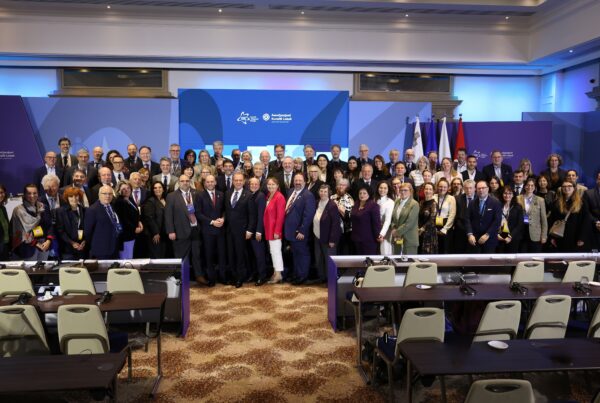Is territorial dimension disappearing from Cohesion Policy?
The Cohesion Forum took place on 11-12 April in Brussels, organised every three years by the European Commission following the publication of its Cohesion Report, it is an important event gathering the Member States, Managing Authorities, regions, and cities involved in the implementation of the Cohesion Policy. And in this election year, the Forum was an even more important moment for the European Commission to start preparing Cohesion stakeholders for the big change ahead.
The proposals for the next EU long-term budget (2028-2034) are expected to be published in the first half of 2025, therefore it is no surprise that the current Commission used the Cohesion Forum to test some ideas. Increasingly DG REGIO is talking about a radical change for the Cohesion Policy, which is no longer called “Cohesion” but “Instrument for Reforms and Investments” – on the model of the Recovery and Resilience Facility. The idea of linking instruments to reform conditionality seemed to be quite consensual during the Cohesion Forum. This is presented as a major simplification together with a “performance-based model”, meaning that the funds will be delivered upon completion of activities and milestones, which is expected to reduce a significant part of the administrative burden compared to the current system of financing linked to actual costs.
In this scenario, it is possible that the different Cohesion funds as we know them (ERDF, ESF+, Just Transition Fund, etc) could be merged into a single instrument. But will the fundamental objectives of Cohesion Policy remain in such architecture? Commissioner Ferreira started her opening speech of the Cohesion Forum saying “This is an important moment for economic, social and political cohesion in Europe”. It can only be deliberate that the Commissioner ignored the “Territorial” dimension of Cohesion Policy as enshrined in article 174 of the Treaty on the Functioning of the EU. And versions of the upcoming strategic agenda for Member States’ leaders also referred only to “economic and social cohesion”, forgetting the territorial dimension.
In this context it will be important to strongly share the messages of the CEMR position paper on future of Cohesion Policy, advocating for a place-based approach and the extension of the Partnership Principle to all EU Policies with an impact on local and regional levels, and particularly the European Semester which will guide Member States reforms agenda. Whatever the shape of the upcoming instrument(s) for investment, it is essential to ensure it will not be spatially blind, and able to answer the specific needs of the various municipalities and regions in Europe.
Local and Regional governments are also invited to sign and share the Cohesion Alliance joint call on a renewed Cohesion policy post-2027 that leaves no one behind.

Advisor – Territorial Cohesion & Local Finances






